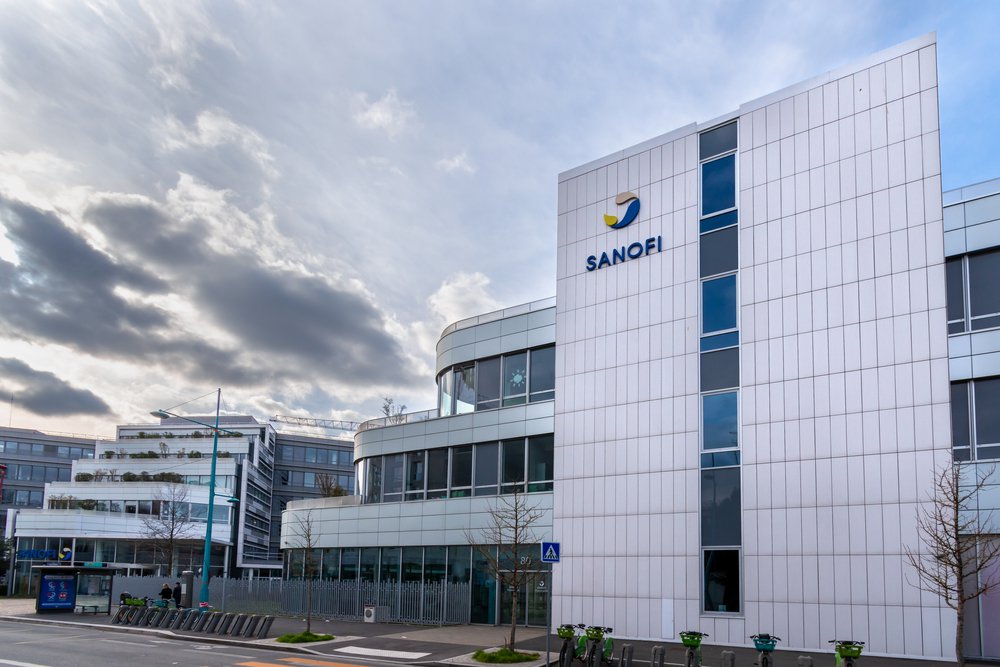Written by: Miroslav Hlaučo, Apheresis Network Manager, SCTbio.
In recent years, there have been an increasing number of clinical trials and research projects based on cell technologies that use cells from a patient or healthy donor as the starting material for their production. With the vast potential of these kinds of therapies to treat, or even cure, rare diseases, research, and investment is only set to intensify. However, the logistics, practicalities, and expense involved can be challenging for investors, sponsors, clinical trial management, and investigators to oversee.
Leukapheresis for cell therapies demands precise coordination among the clinical study site investigator/manufacturers regarding protocol limits, the Apheresis Centre in relation to capacity, transport logistics, and the production laboratories for scheduling of production slots. Transportation options pose specific limitations, especially for distant destinations dependent on-air transportation.
Transport and Cold Chain Regime
Relatively fast and reliable transportation can be arranged by collaborating with various transportation companies using a combination of air, train, and road to transport leukapheresis, whether in ambient, cold, or deep-frozen mode.
Based on internal verification at SCTbio, if the target cell is a monocyte and the product is delivered for processing within about 24-30 hours, transporting it at ambient temperature is recommended. This approach aligns with existing data on the stability of leukocytes in PBMCs, as supported by the literature. In our opinion, this is because there is less activation and slower metabolism of platelets at higher temperatures, leading to fewer adherence issues with undifferentiated monocytes. Plus, platelets consume less oxygen and produce fewer metabolites of degradation, resulting in more stable monocytes with a higher ability to differentiate.
For chimeric antigen receptor (CAR)-T (lymphocyte-based) starting material, the transport temperature is usually maintained at 4-8°C. Freezing in liquid nitrogen using a cryoprotectant, such as Dimethyl Sulfoxide (DMSO) is also an option. Usually, leukapheresis products can be shipped from an EU based collection centre within 24 hours of collection within the EU and within 30 hours to most major US cities.
Certification, Qualification, and Documentation
Apheresis Centres must be properly certified by the National Regulatory Authority for a collection, with the category and method of certification varying from country to country. Other requirements include a Quality Management System, adequately trained personnel, including Peripheral Blood Mononuclear Cells (PBMC), Mononuclear Cells (MNC) and Continuous Mononuclear Collection (CMNC) training for collection on a given separator. Proper equipment, effective documentation management, and the ability to perform mandatory testing of subjects under the local implementation of Directive 2002/98/EC and/or Directive 2004/23/EC (in the EU) are also necessary.
Before Collection
The success of leukapheresis depends on an objective assessment of the patient’s condition at a separate visit one to seven days before the collection. The main points of this evaluation should include:
- Control of subject’s general state of health.
- Height and weight to calculate the total blood volume.
- Evaluation for systemic infection.
- Complete blood count and differential.
Mandatory tests before leukapheresis and infectious testing (HIV, HBV, HCV, syphilis antibodies and additional tests need to be performed according to national or local regulations – e.g., HTLV I/II).
Control of subject’s veins and evaluation of whether the subject can undergo collection via peripheral veins and/or via central line/catheter (CVC) is needed.
Consultation on discontinuation of inappropriate medications, such as steroids, immune suppressors, angiotensin-converting enzyme (ACE) inhibitors, beta-blockers, anti-coagulants etc.
It is important to inform the patient about what to expect and recommend appropriate preparation.
Collection
Separators
Based on more than a decade of expertise at SCTbio, SPECTRA OPTIA (Terumo) and AMICUS (Fresenius Kabi) separators are the best instruments suitable for white blood cell (WBC) collections. Both CMNC and MNC modes can be used for SPECTRA OPTIA collections. The collection efficiency and cost-effectiveness of both separators are very similar. The Amicus can collect a product with less platelet contamination, but in the CMNC program of the Spectra OPTIA, the platelet proportion can be reduced by lowering the Packing Factor (from 4.5 to 4.0).
Recommended Volume
The volume of the product depends on the manufacturer’s requirements (i.e. the number of cells required). Generally, four to seven x10 e9 peripheral blood mononuclear cells (or similar number of WBCs) are required. This corresponds to more than seven litres of processed blood.
Although the addition of plasma is not mandatory, the patient´s autologous plasma can be added to the concentrate for stability and to maintain cell viability between collection and the start of processing. For SCTbio related collections, we add 40-50 millilitres of plasma to the concentrate as standard for Amicus collections.
Collection Rules
- Keep the collection flowing. Interrupting the procedure will significantly reduce the yield and purity of the product. Ensure inlet and return flow rates are set to prevent interruptions in the flow of blood in and out of the separator. Running a slower inlet flow with a stable inlet is far more efficient than higher speed.
- Clumping can be a possible cause of flow continuity failure. It may be related to the patient’s condition (inflammation, high platelet concentration, fibrinogen levels, etc.) or problems in the separator channel (incorrectly positioned interface), or improperly inserted needle or CVC.
- Ensure adequate anticoagulation by using an accommodative convergence (AC) ratio suited to the patient. Adjust the ratio according to clumping trends or patient status. Monitor the channel during the run for any evidence of clumping and respond promptly by lowering the AC ratio in response to any signs of clumping.
Product Storage and Handover
Critical factors for cell viability include temperature, cell concentration, storage time, transportation, and the influence of other cell populations (e.g., red cells and neutrophils). Our experience suggests that if cells are stored without further processing for up to 24 hours, the leukapheresis product is quite stable and maintains its viability both in 2-8°C mode and at ambient temperatures of 18-24°C. The choice of the cold regime and the maximum time between collection and processing depends on the desired cell population and cell quantity/concentration.
Factors that can have an impact on product quality include:
- Human variability: patient specific variables – status and diagnosis, age, blood count and differential, body (de)hydration and blood fluidity etc.
- Patient/donor status and comfort during collection.
- Apheresis device setting and collection course.
- Venous flow (or central venous status).
- Product purity.
- Added plasma.
- Transport conditions and duration of transport.
Conclusion
There are many considerations Apheresis Centres and investigators need to make when processing leukapheresis samples for cell therapies. It’s critical that careful management of the samples from patient to processing is in place, to maximise the quality, safety and potential efficacy of the eventual treatment.
SCTbio recently announced a partnership with Cyto-care.eu GmbH, a company that specialises in providing advanced solutions for cell therapy and regenerative medicine to deliver blood materials drawn from healthy donors as leukapheresis products to healthcare professionals in Europe. Cyto-care.eu and SCTbio offer a reliable and accessible platform for collecting, characterizing, cryopreserving, and transporting leukapheresis samples.


.jpg?cb=19d3e674163f9efb65b7fffbefbdbaf2&w=1200)


